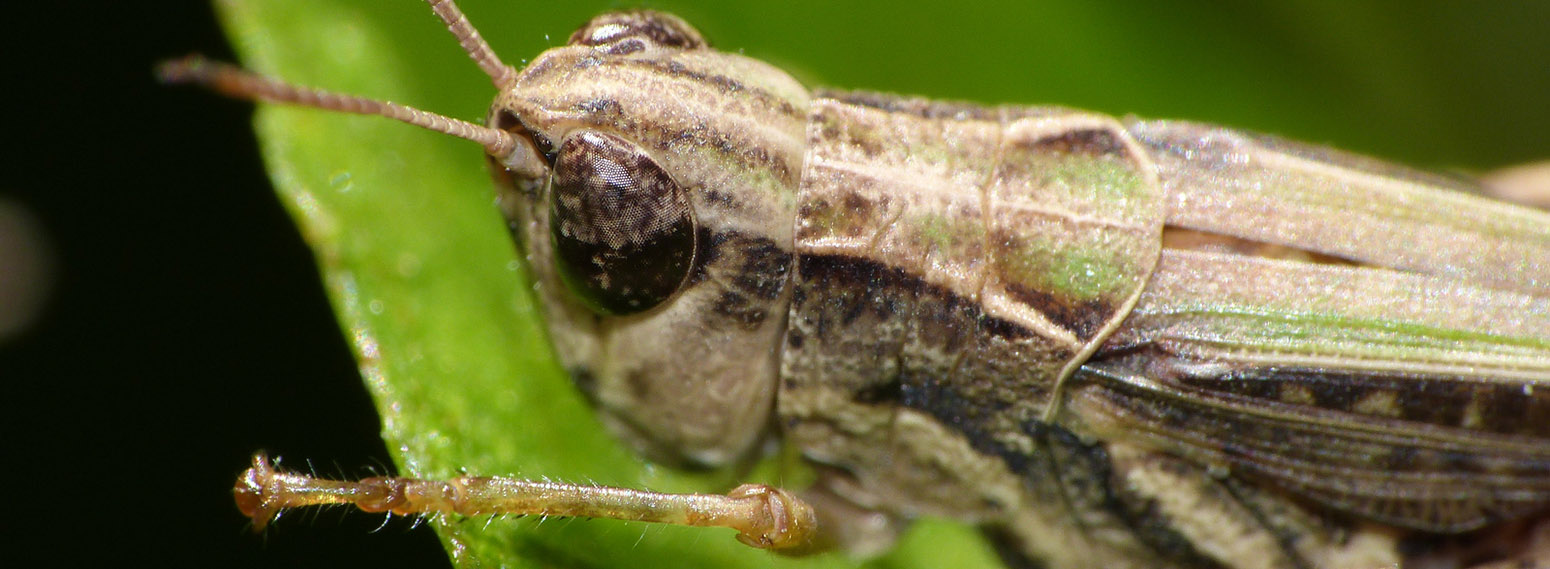Late last week, I was invited to speak to the Interdisciplinary MPH program at Berkeley about the innovation process. I thought it also would be a good opportunity to try out one of the topics we’re exploring for the spring, when we focus on food: eating bugs.
In August, the FAO released a report titled Edible insects Future prospects for food and feed security, exploring insects – including spiders and scorpions, which are technically not insects – as an alternative protein source globally. Here in the US, it’s more of an experimental movement, rather than one driven by immediate resource constraints. For example, I’ve recently been in touch with Bitty Foods, formerly Chirp Farms, which is developing cricket-based energy bars that should hit the market in Q1 2014. (Here’s more on Chirp/Bitty, from NYT in October 2013.) Disgust with the concept of eating bugs is an identified issue in the US and several other markets.
During the class, two teams of eight each had 30m to do rapid research to help answer the question, “How might we get more US consumers to eat bugs as a regular part of their diet?” Two surprises for me: 1) nearly half the students had (intentionally) eaten bugs; and 2) both groups independently fixed on the need to position bug-based food products at a sufficiently high price point that make them seem exclusive – low prices would raise suspicion.
On another note, I was amazed at the diversity of the students. I’m used to diverse groups, but this one really stood out to me: a medical anthropologist applying lessons learned participatory policymaking from the Bolivian national government to city health issues in San Francisco; a veterinarian who believes healthier donkeys will lead to better population health via stable incomes and assets; and a USAF flight surgeon who works to mitigate hypoxia among pilots. And those are just the first three that come to mind.
Photo: Grillo (Hugo Quintero, used under CC license)

